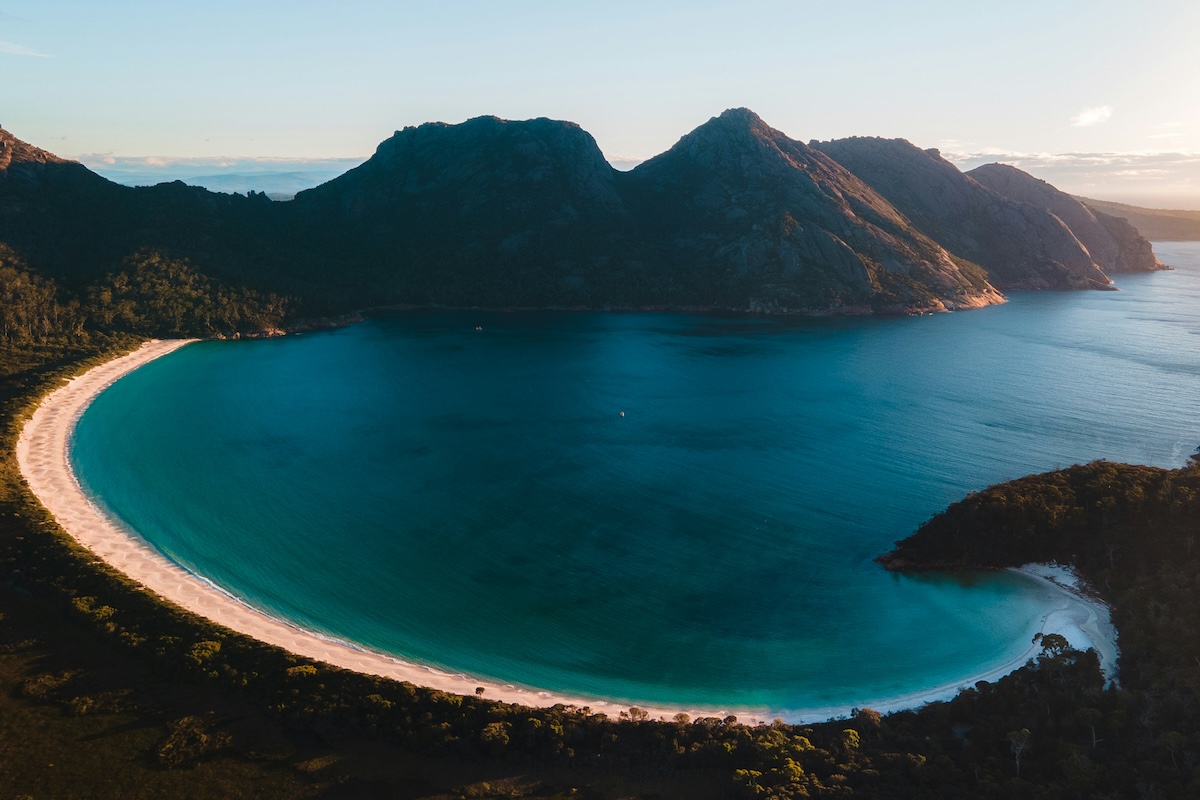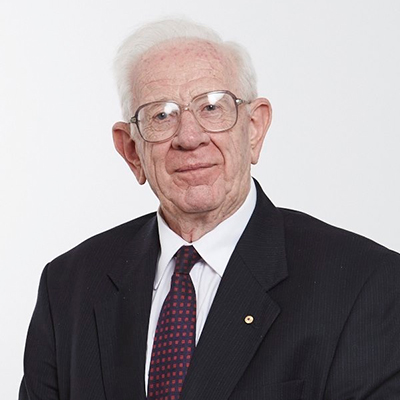

On 3 July, Switzer Daily published my article “Tasmanian election on 19 July impossible to predict” . In that piece I explained why this peculiar election was so unpredictable, but I did make a number of specific predictions, one of which was that Jeremy Rockliff would not still be Premier in April 2026. My reasoning referred to the result of the March 2024 election, when Rockliff turned out to be very unlucky. I wrote: “Rockliff failed to get four seats in Braddon because the independent Craig Garland beat Liberal candidate Giovanna Simpson. He also failed to get Marcus Vermey elected in Hobart-based Clark because the Greens performed the feat of winning two seats compared with only two for the Liberal Party.”
Rockliff’s run of bad luck has continued. At the 19 July election the Liberal Party won the vital fourth seat in Rockliff’s own electoral division of Braddon in north-west Tasmania, but his nemesis, Garland, has also been re-elected — at the expense of one of Jacqui Lambie’s former members who had propped up his government. The member in question was Miriam Beswick, who this year stood unsuccessfully for the Nationals. Had the success of winning four seats for the Liberal Party in Braddon been accompanied by the party holding its numbers in the other four electoral divisions, Rockliff would now be sitting pretty — but once again bad luck has intervened.
I think the immediate future is now predictable. On Tuesday 19 August the House of Assembly will meet and carry a vote of no-confidence in the Rockliff government. The motion will be carried by 18 votes to 17. The 18 voting in favour will be the ten Labor members, the five Greens, the re-elected independents Craig Garland (Braddon) and Kristie Johnston (Clark), plus the newly elected Peter George in Franklin. The 17 voting against the no-confidence motion will be the 14 Liberals, the newly elected Lyons member Carlo Di Falco of the Shooters, Fishers and Farmers Party, the newly elected George Razay in Bass, and the re-elected David O’Byrne in Franklin.
Rockliff will then resign, and the Governor, Barbara Baker, will commission Labor leader Dean Winter as Premier. Labor will then govern in minority. Surprise, surprise? Not really. Before polling day every political commentator (including yours truly) assessed the situation as chaotic and likely to remain so regardless of whether the Premier be Rockliff or Winter. In my article quoted above I wrote: “the current Tasmanian situation is a mess.”
Let me elaborate on what I mean by “bad luck” in Rockliff’s case. I have already considered Braddon, where the Liberal Party’s bad luck came in 2024, not in 2025. However, in 2024 the Liberal Party expected (and I agreed with their expectation) that they would get the well-known Hobart businessman Marcus Vermey elected in Clark. Had they succeeded there would have been three Liberals in Clark. This time they did succeed in getting Vermey elected. The trouble was that it came at the expense of an incumbent Liberal. There were two, Simon Behrakis and Madeleine Ogilvie. Since there were only two full quotas for the Liberal Party, those two competed for the second seat — and Ogilvie won. Her final vote was 7,082 compared with 6,902 for Behrakis, a margin of 180 votes.
However, the real killer for the Liberal Party was the result in Franklin. In March 2024 three Liberals were elected: Eric Abetz, Jacquie Petrusma and Nic Street. This time the high vote for the newly elected independent Peter George meant that either Labor would lose its second seat or the Liberal Party would lose its third. In the end the surviving Labor member, Meg Brown, finished with 0.95 of a quota while the losing Liberal incumbent, Nic Street, received 0.8 of a quota. I refer to Brown as “the surviving Labor member” because the other Labor member is Dean Winter. The bad luck of the Liberals comes mainly from the fact that they narrowly failed to win the last seat in Clark, Franklin and Lyons.
In total, the Liberal Party now has the same number of seats it won last year. The distribution, however, is different. In 2024 it was three in each of Bass, Braddon, Franklin and Lyons, and two in Clark. In 2025 it is four in Braddon, three each in Bass and Lyons, and two in each of Clark and Franklin. Labor has two in each of the five divisions, but its individual wins are each weaker than they were last year. The Greens have exactly the same result: two in the division jocularly known as “the People’s Republic of Clark”, one in each of Bass, Franklin and Lyons, and none in Braddon.
What, then, makes this new House of Assembly so left-wing? The answer is simple: the crossbench is now substantially left-wing, whereas it was substantially right-wing in the last term. However, the new Labor government emerges with only 26 per cent of the vote, down by three points from the 29 per cent Labor won in 2024 — and down 23 points from the 49 per cent it won in 2006!
Many people will say that this is most unfair. My response is that the popular vote was substantially left-wing, if only narrowly so — and Hare-Clark is a proportional-representation system. Therefore, it has returned a highly proportional result. Thus, the Liberals have 40 per cent of the votes and 40 per cent of the seats; Labor has 26 per cent of the votes and 29 per cent of the seats; and the Greens have 14 per cent of the votes and 14 per cent of the seats.
Finally, readers may have noticed that I have always been strong in my defence of the Hare-Clark system. I have called it “the original and the best PR system in the world”. To be clear, my defence of Hare-Clark relates to the type of PR that it is. I do not ask for any further Australian lower house to adopt any form of PR. I don’t want “any old PR system” to replace the present system whereby the Australian people elect their House of Representatives. I am very much aware that PR systems typically produce long periods in which a defeated government hangs on while a new government is negotiated. Indeed, my analysis of the most recent New Zealand election attracted this self-explanatory title: “New Zealand has a new government — at last!” . It was posted on 30 November 2023 and lamented New Zealand’s PR system, which I have always disliked.
New Zealand’s electoral system copies that of Germany — so let me tell readers about what happened in Germany this year. There was a general election on Sunday 23 February which was clearly won by the Christian Democratic Party led by Friedrich Merz. Yet the need to negotiate coalition arrangements meant that Merz became chancellor on Tuesday 6 May — a wait of nearly three months. The British, by contrast, had a general election in July 2024 and a swift change of government, with a new and stable House of Commons giving Sir Keir Starmer the full authority of a majority government.
In the case of Tasmania, many people say that the Hare-Clark system created the mess in which Tasmania finds itself with the worst, or second-worst, budgetary position in Australia. I say the electoral system should not be blamed. As I advocated in my earlier article, I think there should be a Liberal–Labor coalition government with Rockliff as Premier for the first two years and Winter as Premier for the second two years. The mess, therefore, is the fault of the two big parties who refuse to contemplate that kind of arrangement, which is common in overseas countries with PR electoral systems.
Malcolm Mackerras is a visiting fellow at the Australian Catholic University’s Canberra campus. malcolm.mackerras@acu.edu.au